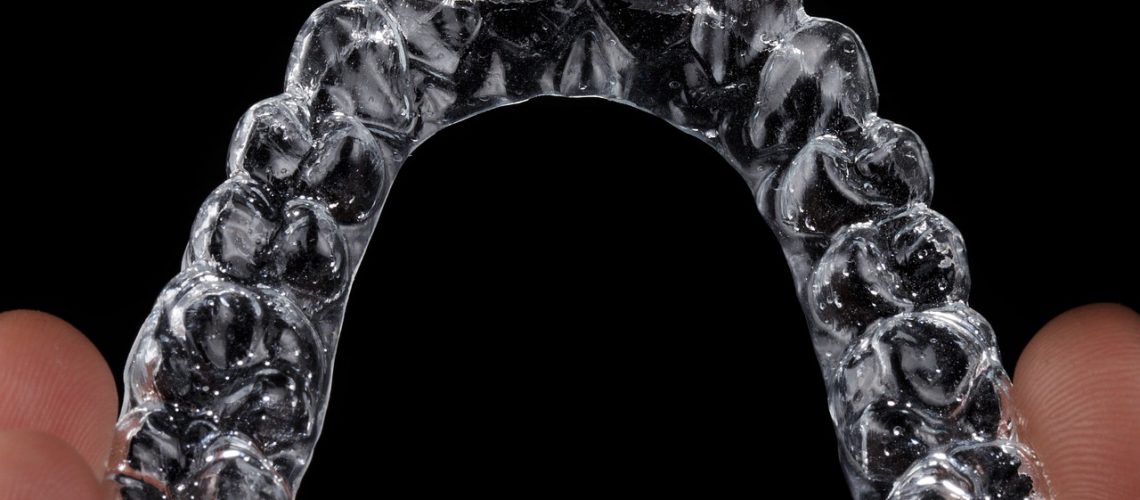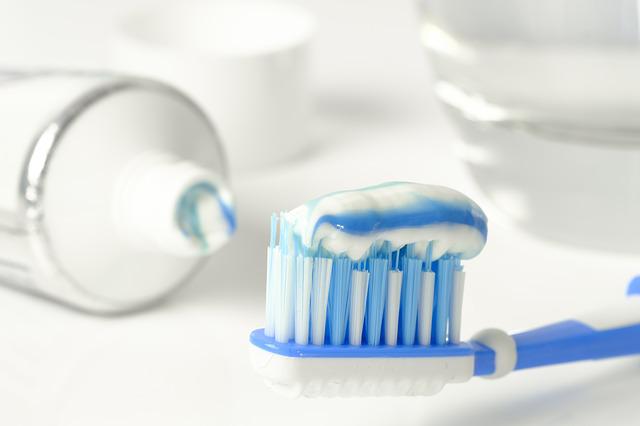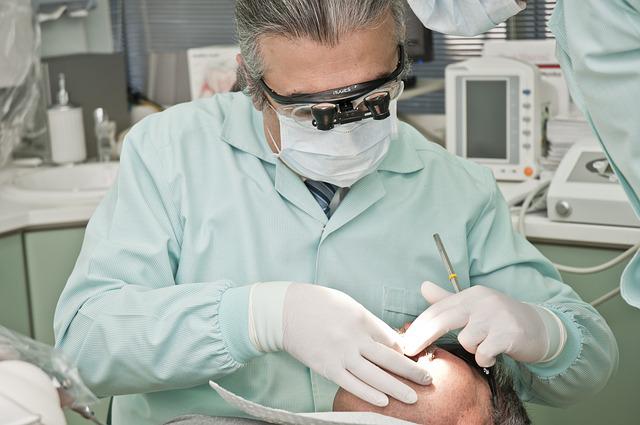You take a peek at some of your most memorable smiling photos over the years, and on the one hand, the moments leave you smiling some more. On the other hand, though, you feel a twinge of frustration knowing that your smile isn’t as perfect as you wish it could be.
The good news? You won’t have to peer at your future smiling pictures with frustration if you take advantage of clear aligners for straightening teeth. These types of aligners for teeth are an increasingly popular alternative to traditional braces for adults and offer cost and aesthetic benefits.
While many patients report great results, aligners are not for everyone. Here are the pros and cons of braces for adults, including their cost and other important factors.
What Are Aligners, and What Do These Braces for Adults Cost?
Aligners are removable, clear, custom-made devices designed to fit a person’s teeth. Unlike regular braces, these devices don’t feature brackets or wires. Instead, they combine quality digital planning with the physical force of plastic to move teeth gradually and precisely. You’ll receive two trays to place on your upper and lower teeth during the treatment period.
These braces for adults cost an average of around $4,000. The cost of these plastic braces for adults is a major benefit, as traditional braces for adults can easily cost an average of between $5,000 and $6,000. However, the benefits of these types of aligners for teeth don’t stop at their relatively competitive price tag.
Benefit of Invisibility
One of the top benefits of braces for adults, aside from cost, is the fact that they are virtually invisible. Other individuals will rarely be able to tell that you are using aligners when you wear them to class or the office.
On the contrary, traditional braces come with noticeable metal brackets. As a result, you might feel less confident when wearing metal braces compared with aligners.
Benefit of Effectiveness
Yet another reason to choose clear braces for adults, outside of cost and transparency, is their incredible effectiveness when it comes to shifting teeth.
These types of aligners for teeth are perfect for fixing a variety of problems, including the following:
- A small gap between two teeth
- A minor overbite
- Teeth overcrowding
With clear braces, you can easily and efficiently treat alignment problems by closing in gaps or adding the proper amounts of space where necessary.

Benefit of Flexibility for Adults of All Ages
Plastic aligners are additionally in demand because they come with no maximum age limit. This means you can capitalize on these types of aligners for teeth whether you’re a young adult or in your golden years. As a matter of fact, even young children may qualify for aligners to improve their smiles.
Benefit of Portability
In addition to being transparent, effective, easy to qualify for, and cost-efficient, braces for adults stand out for being easy to remove.
These types of aligners for teeth, which are akin to mouthguard trays, can be taken out as needed. This means you don’t have to quit eating specific foods while undergoing orthodontic treatment with them. In addition, you can more easily keep your mouth healthy, as you can remove the trays before brushing and flossing to thoroughly clean your pearly whites each day.
The brackets of metal braces, on the other hand, do not come out till your treatment has been completed. This can unfortunately make eating and maintaining excellent oral hygiene a challenge on a daily basis.
Commitment Drawback
One of the biggest challenges of aligners is that they require a great deal of commitment on your end.
These braces for adults may be cost-effective, but they also demand your attention. Be prepared to wear them for 20 to 22 hours per day for the best results. Unfortunately, if you tend to be forgetful or extremely busy, you might forget to slip on your aligners regularly. And sadly, this may slow your treatment down.
Limitations Drawback
As you count the cost of braces for adults, consider the fact that you won’t be deemed a candidate for aligners if you don’t currently have healthy gums and teeth. For instance, perhaps you suffer from gum disease or tooth decay. Your dentist will need to treat these issues before you can begin orthodontic treatment. In addition, if your oral health issue is more severe, like advanced gum disease, you may not be able to undergo treatment with aligners at all.
Also, note that aligners cannot fix certain alignment issues, such as the following:
- Big gaps in your teeth
- Severe overbite
- Many crooked teeth
However, if you have a relatively healthy mouth and don’t have any serious alignment problems, aligners could work extremely well for you.
Oral Hygiene Challenge Drawback
Yet another consideration for those counting the cost of clear braces for adults is the fact that aligners require increased attention to oral hygiene.
For instance, after eating meals, you may want to brush or rinse out your mouth using water before putting your aligners back onto your teeth. Otherwise, you might end up trapping food particles under your trays. This debris might expedite bacterial processes in the mouth, therefore increasing your likelihood of developing gum disease or cavities.
As a wearer of aligners, you should also be prepared to brush these braces gently using a toothbrush daily. Alternatively, you can briefly soak the devices in a quality denture cleaner.

How to Decide
As you consider the costs versus benefits of plastic braces for adults, remember that aligners have helped many patients to achieve straighter teeth. In addition, because these appliances are fabricated from plastic, they are generally comfortable to wear throughout the treatment process. Treatment with aligners is also generally quicker (between half a year to 1.5 years) compared with traditional orthodontic treatment (one to three years).
Simply put, when done under the care of a dentist, aligners can have a positive impact on your oral health and self-confidence. A reputable dentist can evaluate your oral condition and determine whether you are a candidate for treatment with aligners. Your dental office can also answer any questions you have about this type of orthodontic treatment, including whether your treatment may be covered by your dental insurance provider.
Achieve Your Dream Smile with the Help of the Experts at Definitive Dental Today
At Definitive Dental, known for dentistry done right, we are excited to be your go-to dental office for plastic aligners and other high-quality dental treatments. At our full-service dental practice, our other treatments range from dental implants to crowns, extractions, root canals, and dentures. We also provide six-month checkups for exams and cleanings to keep our patients’ teeth healthy in the long run.
When you visit our office, you can be confident that you are being treated by the best in the Dallas and Fort Worth metro area. We have earned numerous positive reviews on Google due to our matchless service and passion for providing a quality patient experience. We also pride ourselves on using leading dental technology to produce panoramic x-rays and complete digital scans of the teeth.
Ready to schedule an appointment? Call or text us at (972) 646-0660, or get in touch with us through our contact form today! You can expect a call back on the same day, typically within a couple of hours of filling out our form on the site. Contact us now!









